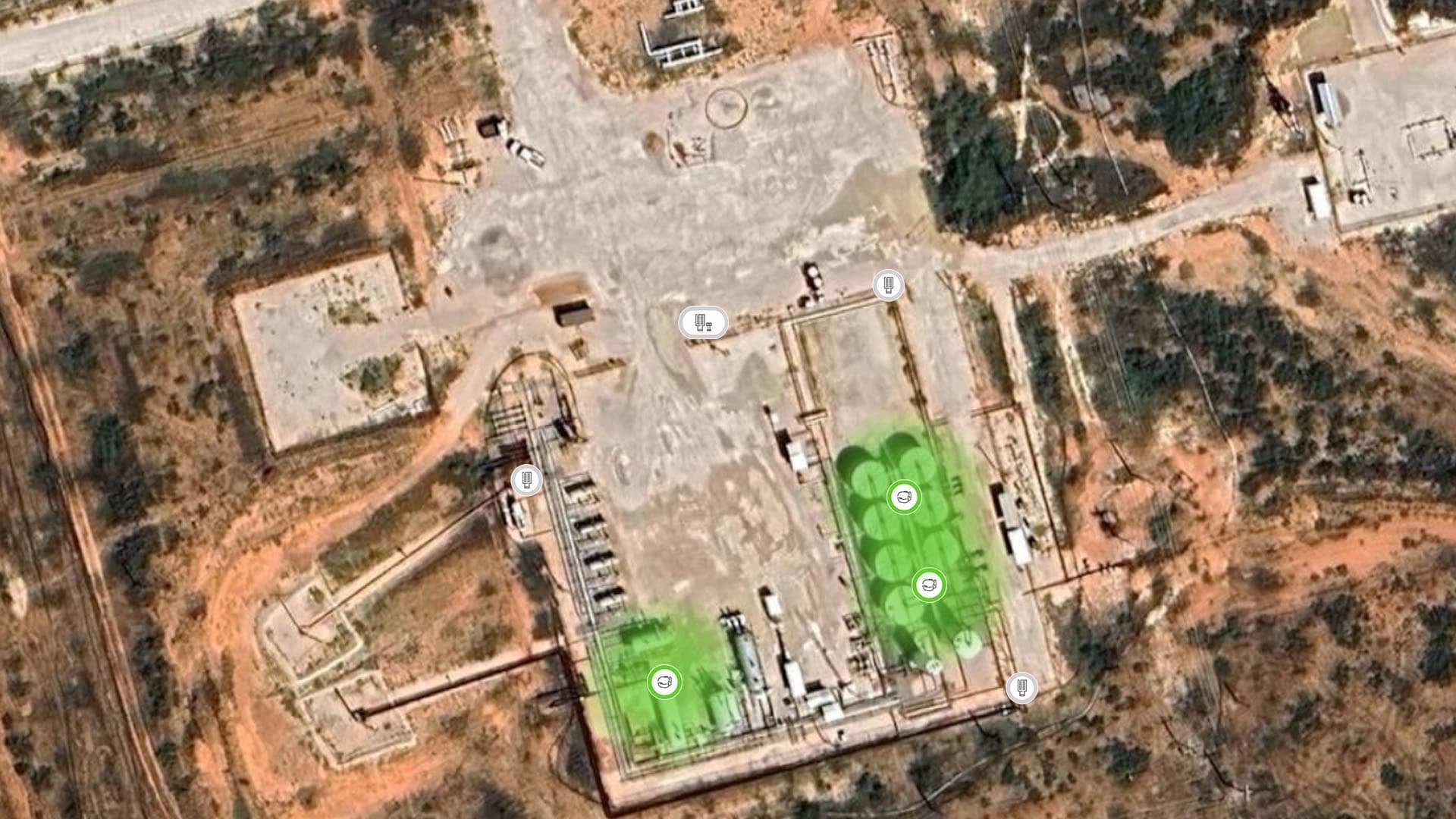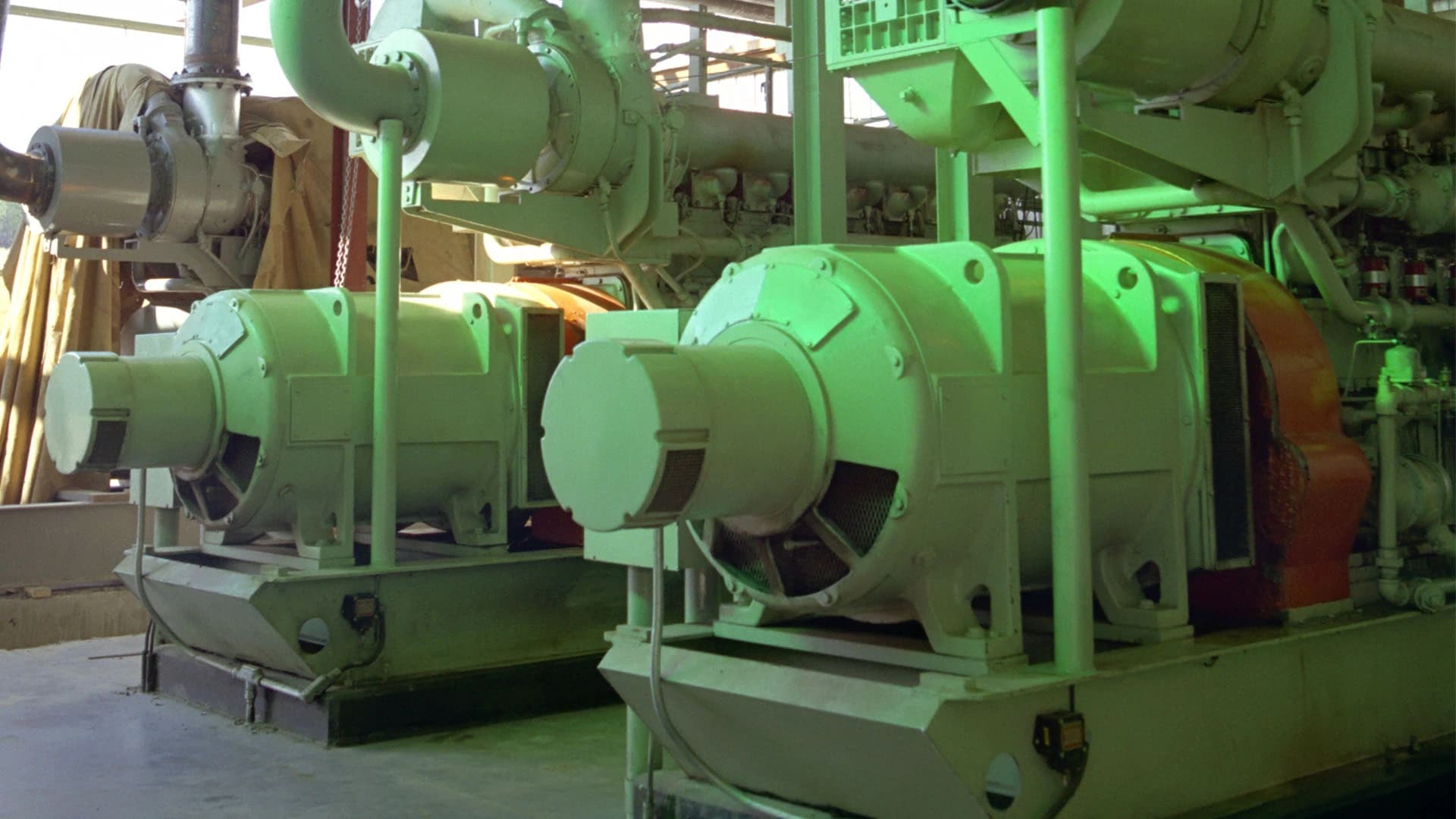Cover more. Worry less.
Onshore oil and gas operations range from low-production, simple well sites to complex midstream facilities. Each comes with its own emission profiles and monitoring challenges. Nubo Sentry gives operators a practical and flexible way to address them all. By placing intrinsically safe sensors close to potential emission sources, operators gain precise spatial and temporal resolution, faster localization of leaks, and shorter time to root-cause analysis.
As part of Sensirion’s ecosystem of continuous monitoring solutions, a combination with Nubo Sphere fenceline monitoring or the Kuva camera, yields expanded coverage and maximized performance more cost-efficiently than deploying multiple standalone solutions. Operators get a complete picture of emission profiles, high accuracy event detection, and faster identification of root causes. Together, the solutions empower operational excellence, improve safety, strengthen compliance, and reduce the overall cost of emissions management.




